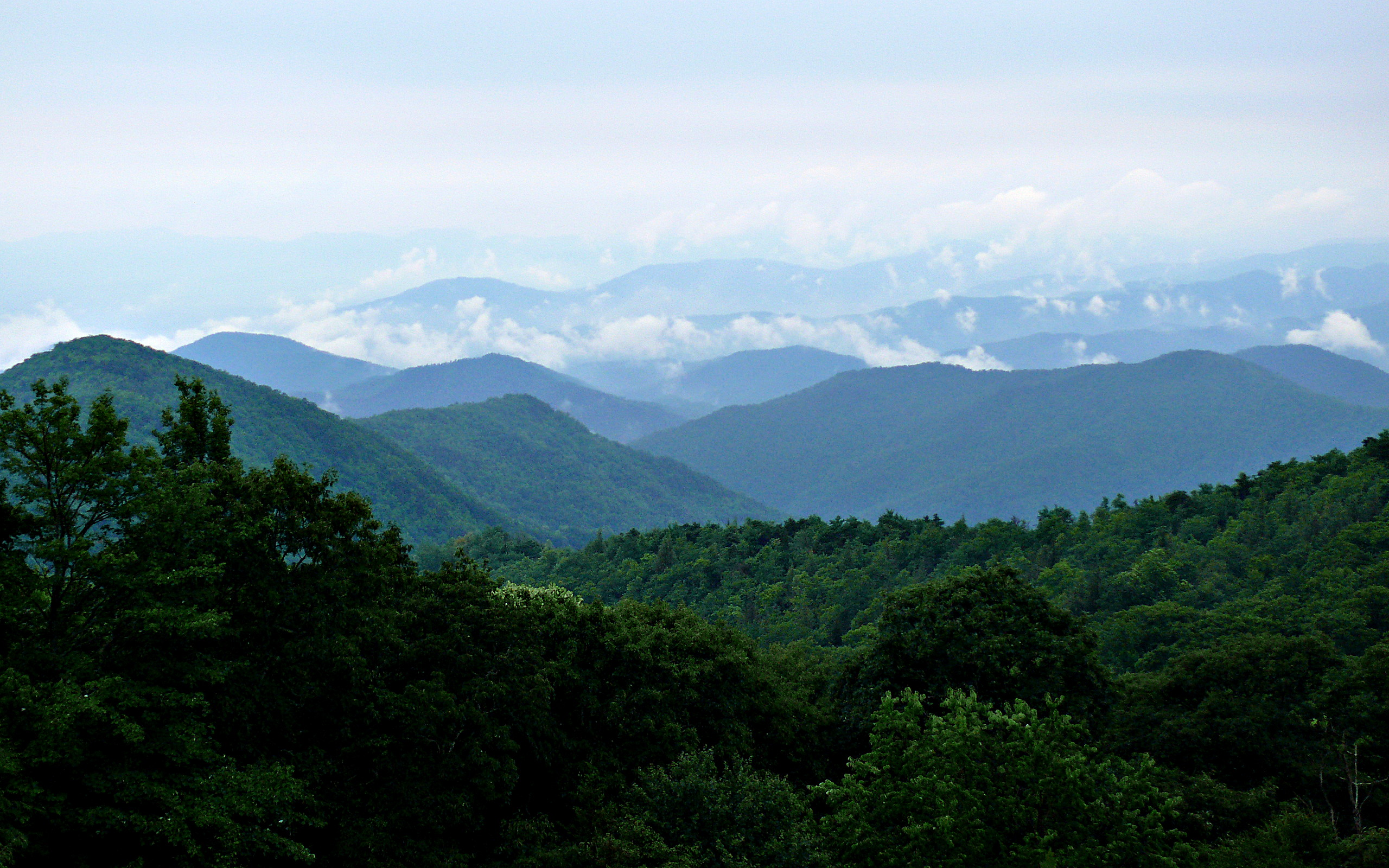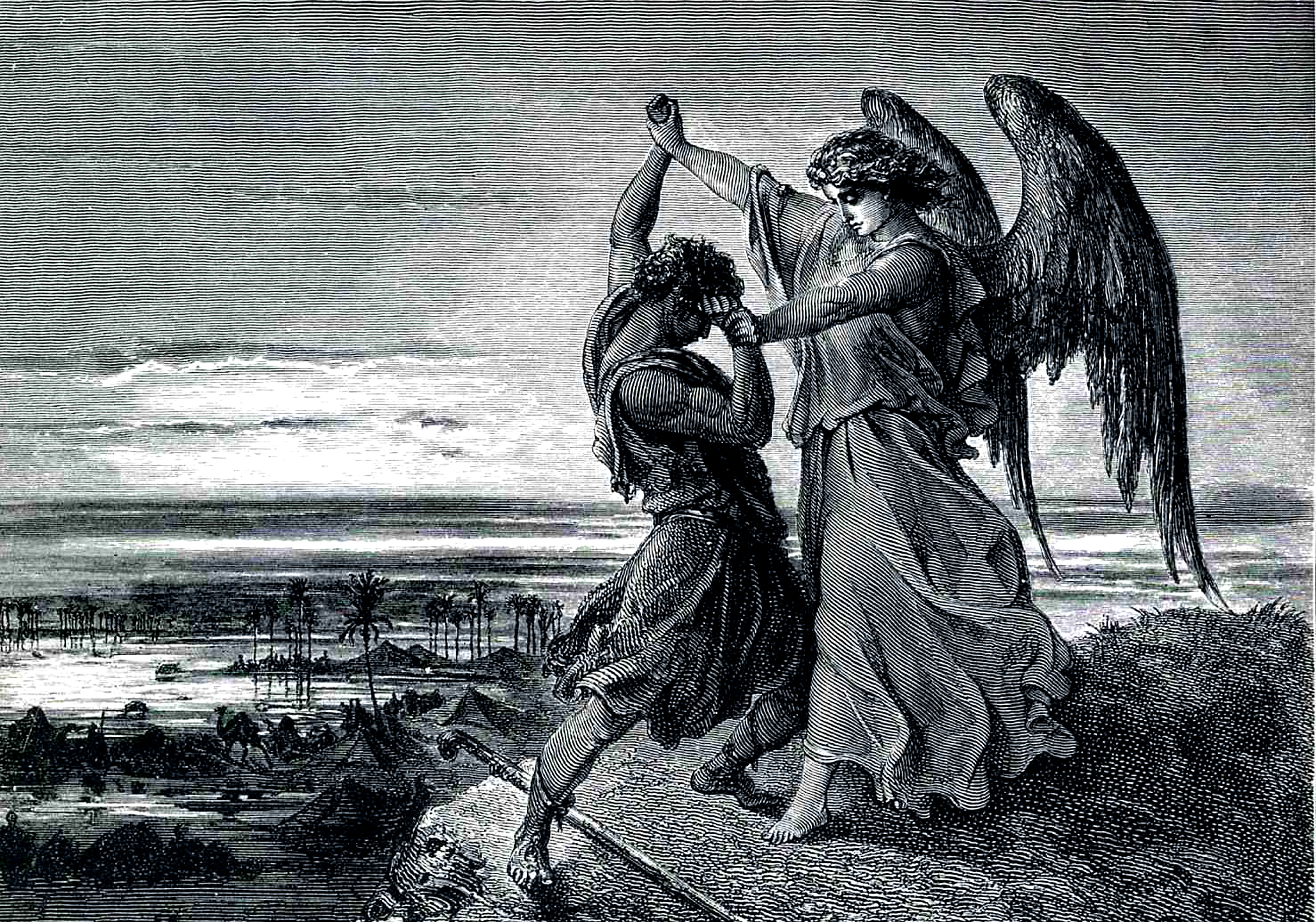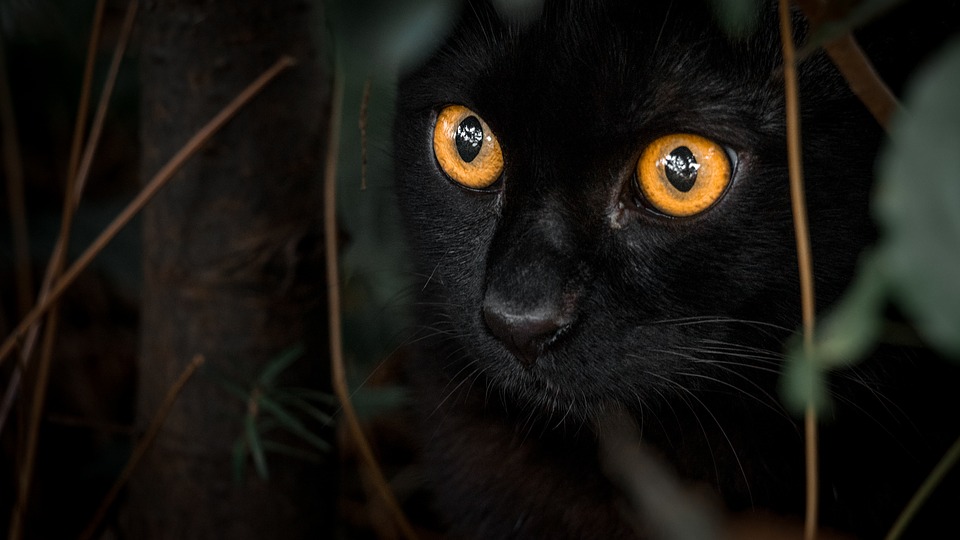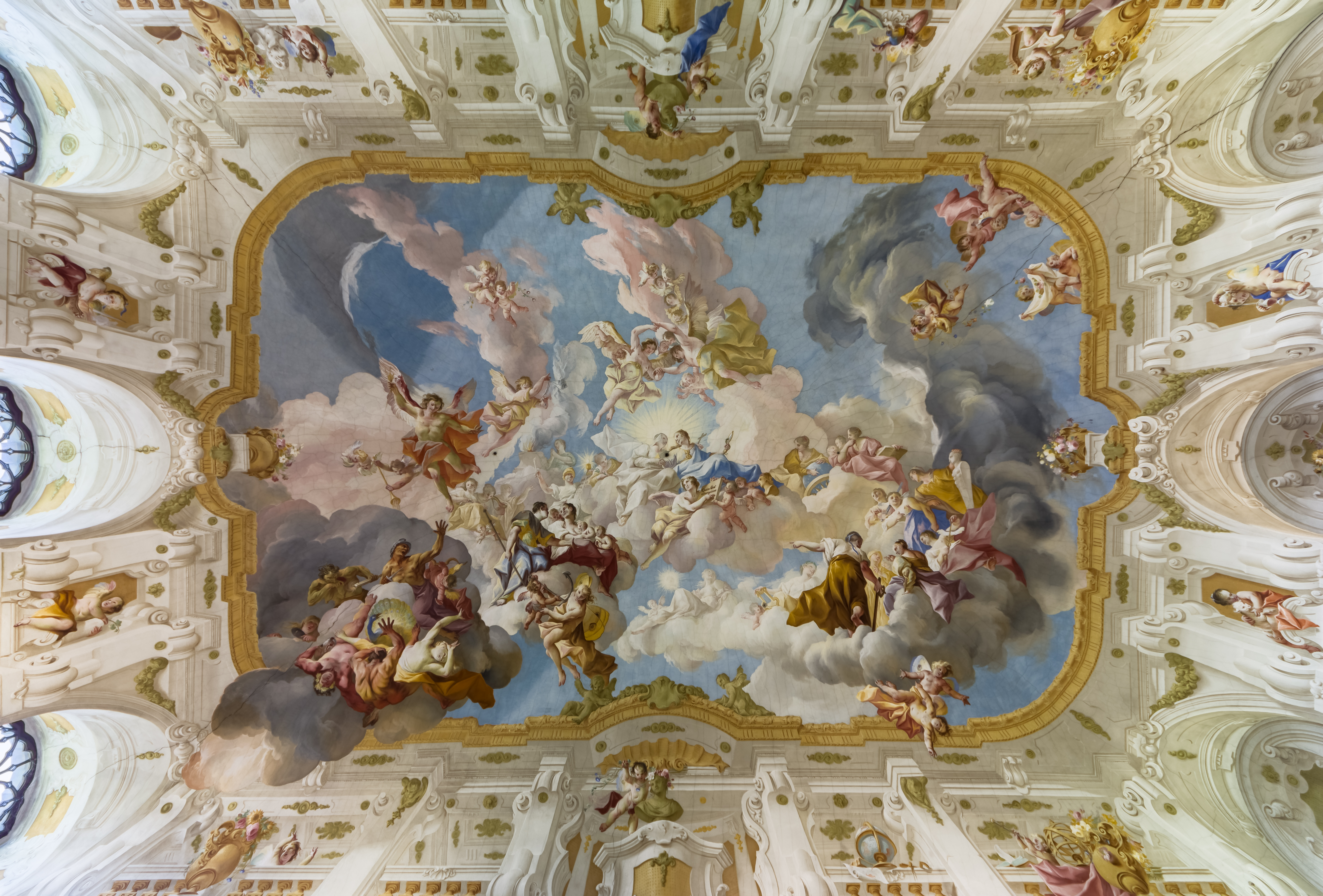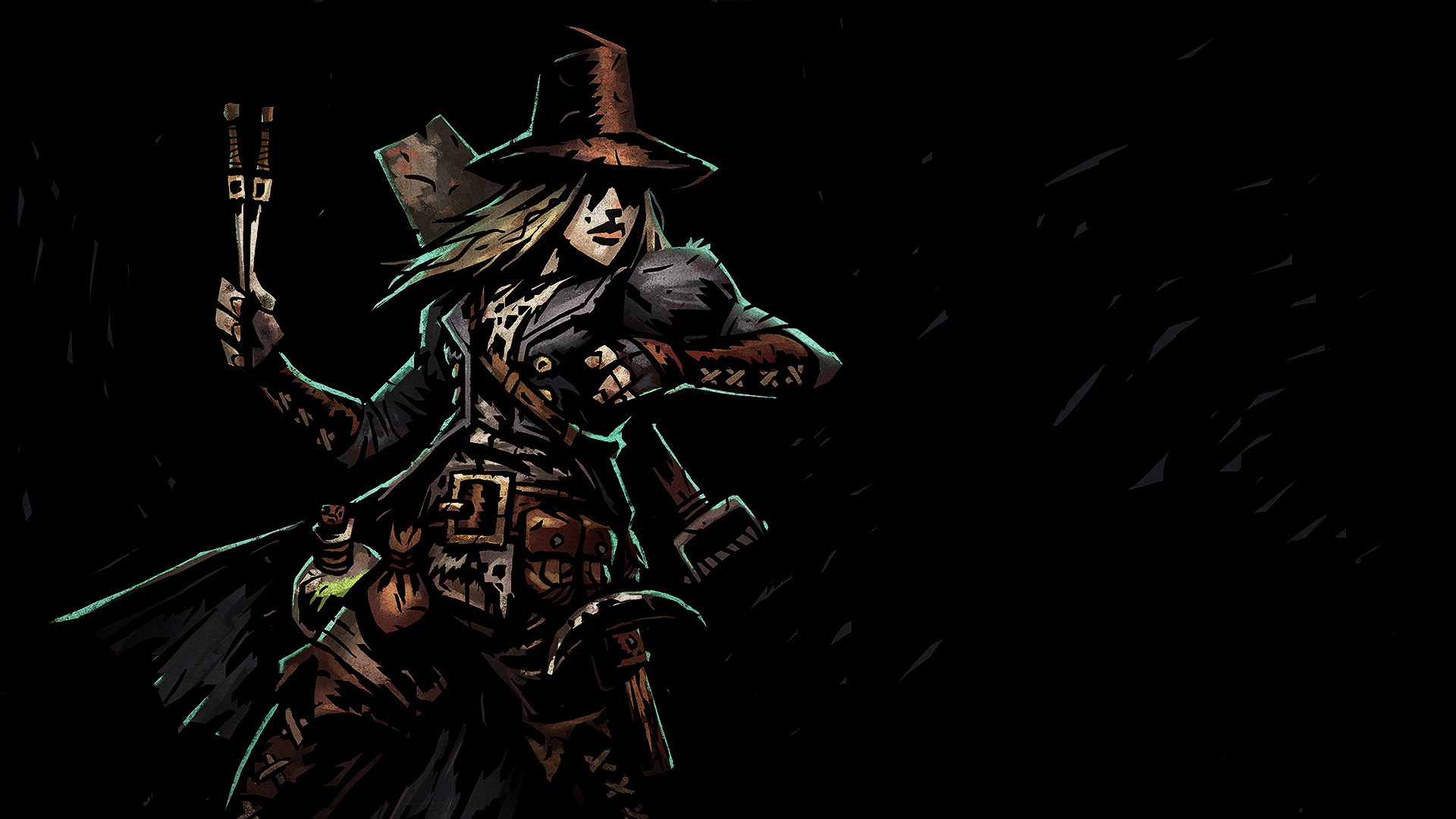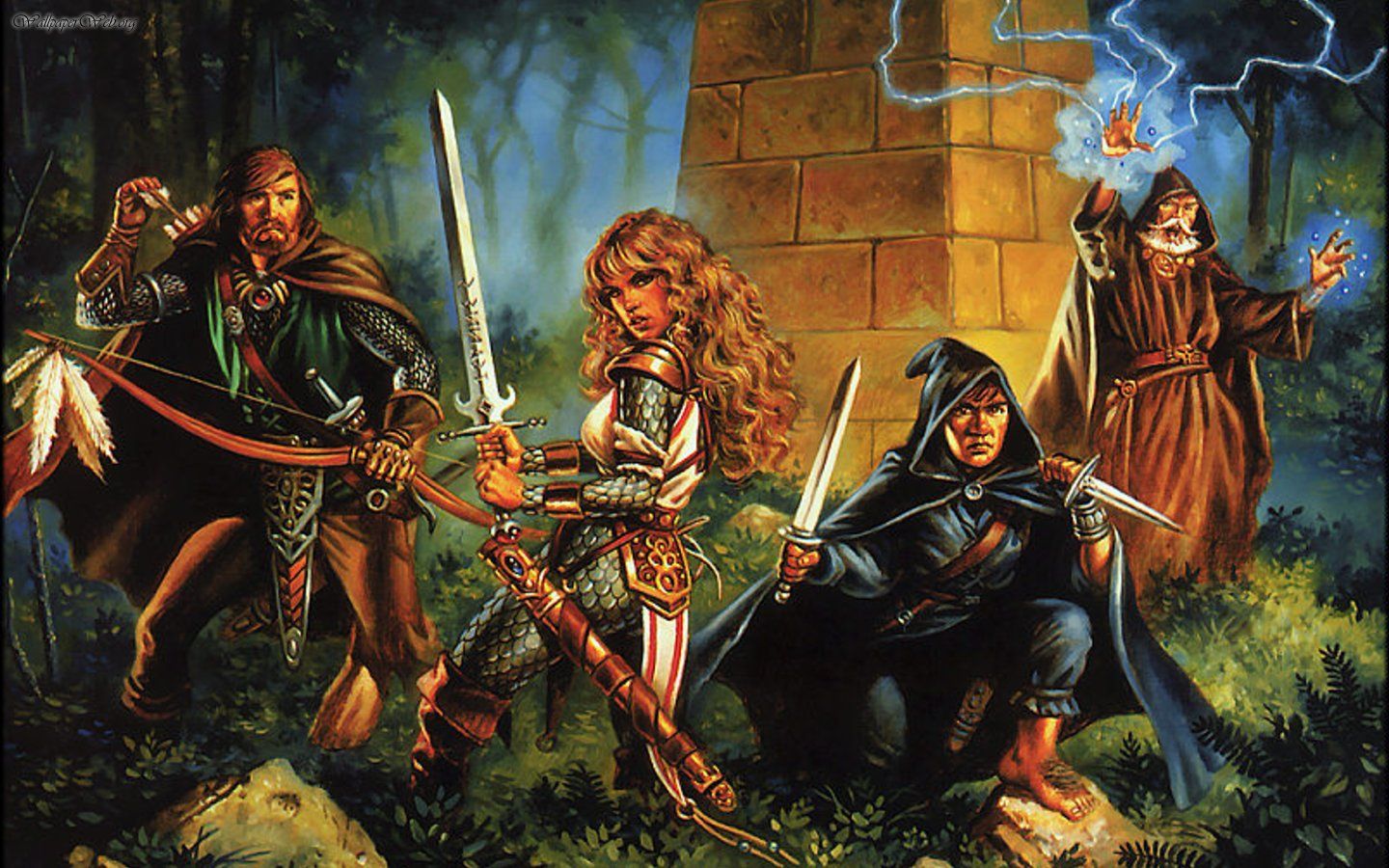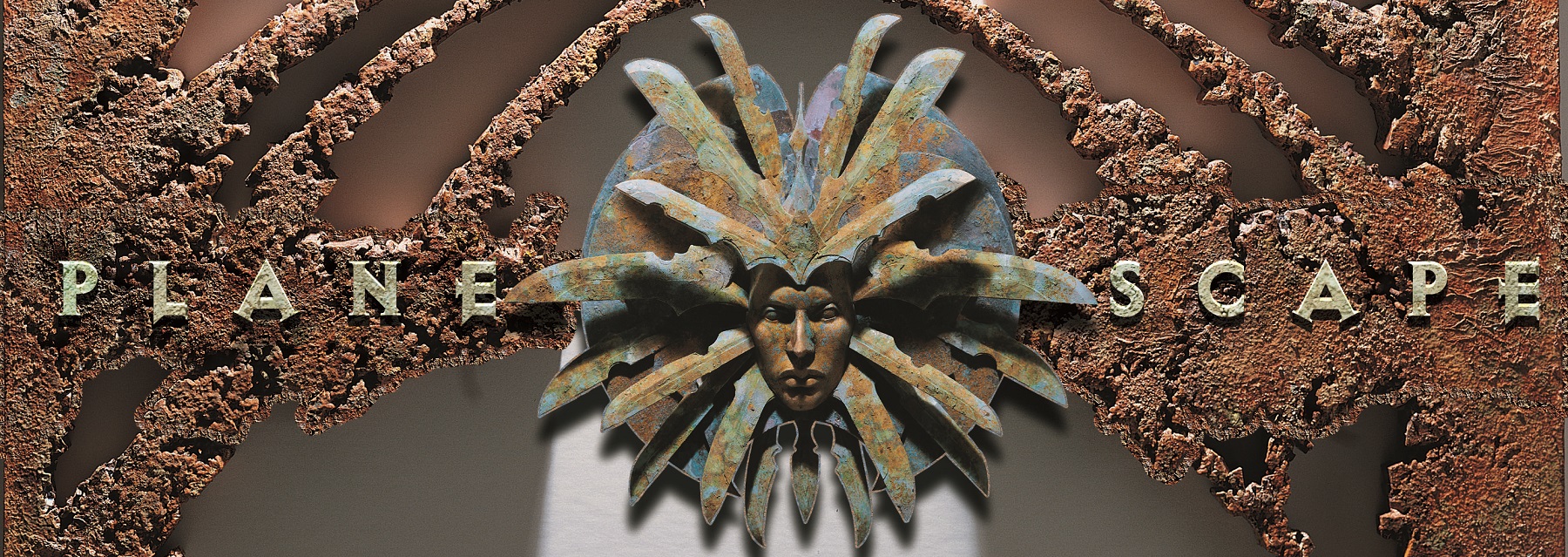So, I have had a stressful life of late. I distracted myself by coming up with a new campaign world. Some people drink, I apparently come up with fictional worlds.
Ballad is a high fantasy setting. It is leaning into a lot of mysterious magic rather than the notion of magic like technology that you find in Eberron or Ravnica for instance. I also started with the premise that humans were rare. The assumption in most settings is that humans are the “us” stand-in and not innately magical. They are the neutral default and all other races are alterations on the human base. This is problematic and should be discussed, but I will save that for a different post.
I started thinking about a world where that was not the case. Where all the sentient races were actually magical and the humans were the distrusted rare species. Sort of like how Tieflings and Drow are presented in several other settings.
Once I had that decided, I chose to go ahead and write some world rules. This would help me come up with a vision of what the world would look like. I had a vague notion but I need to define the edges of it.
